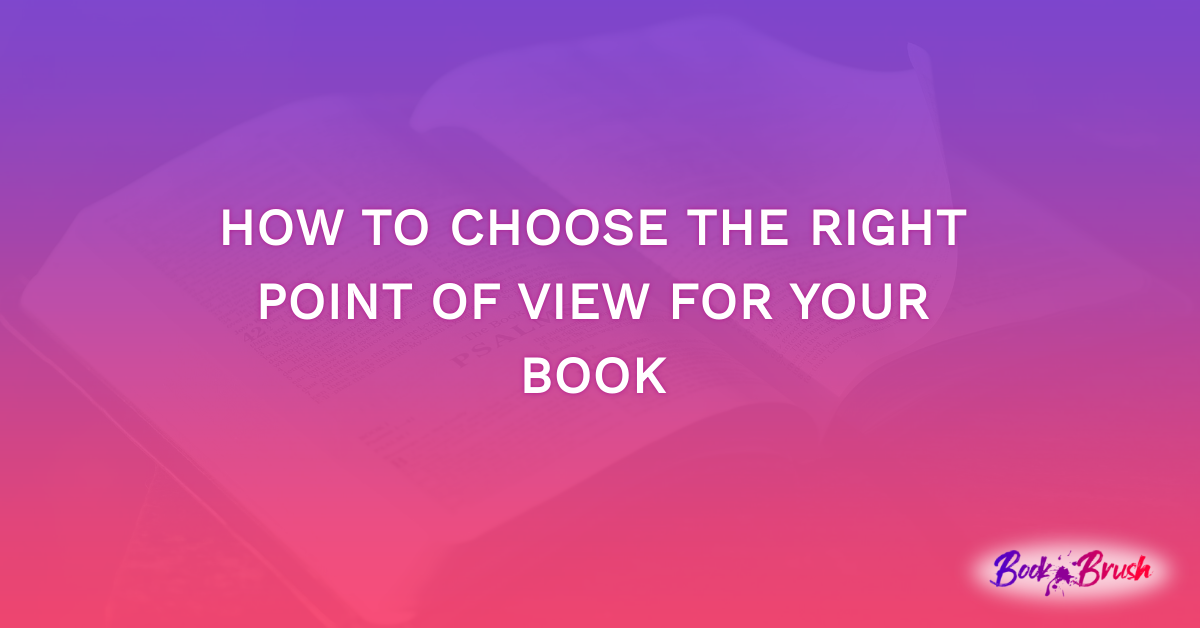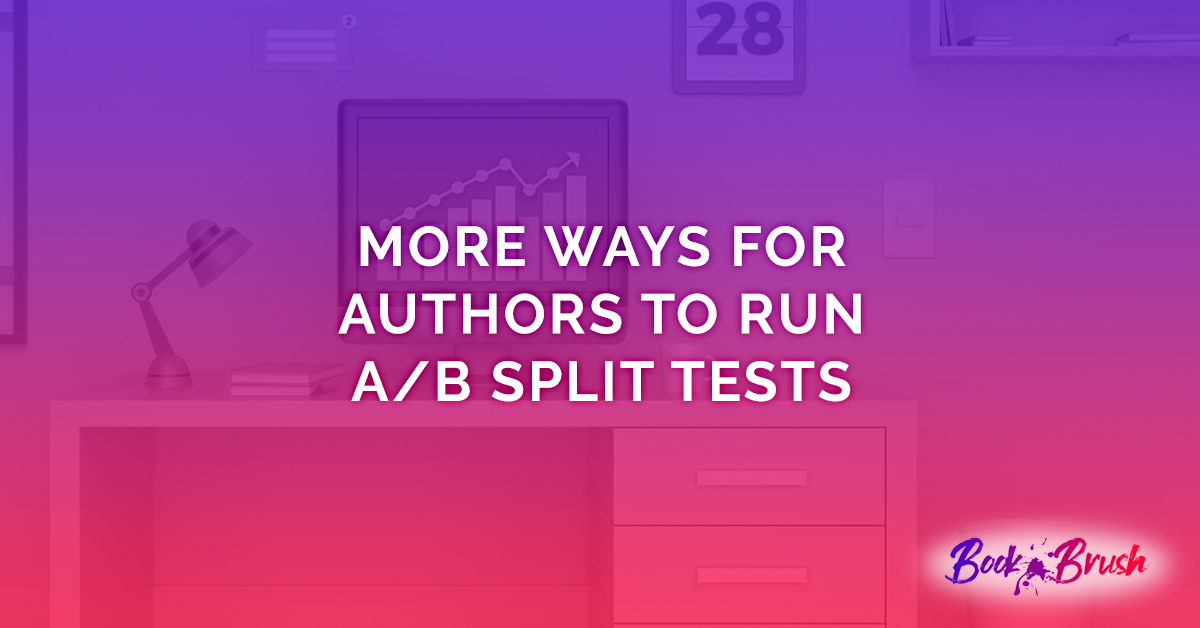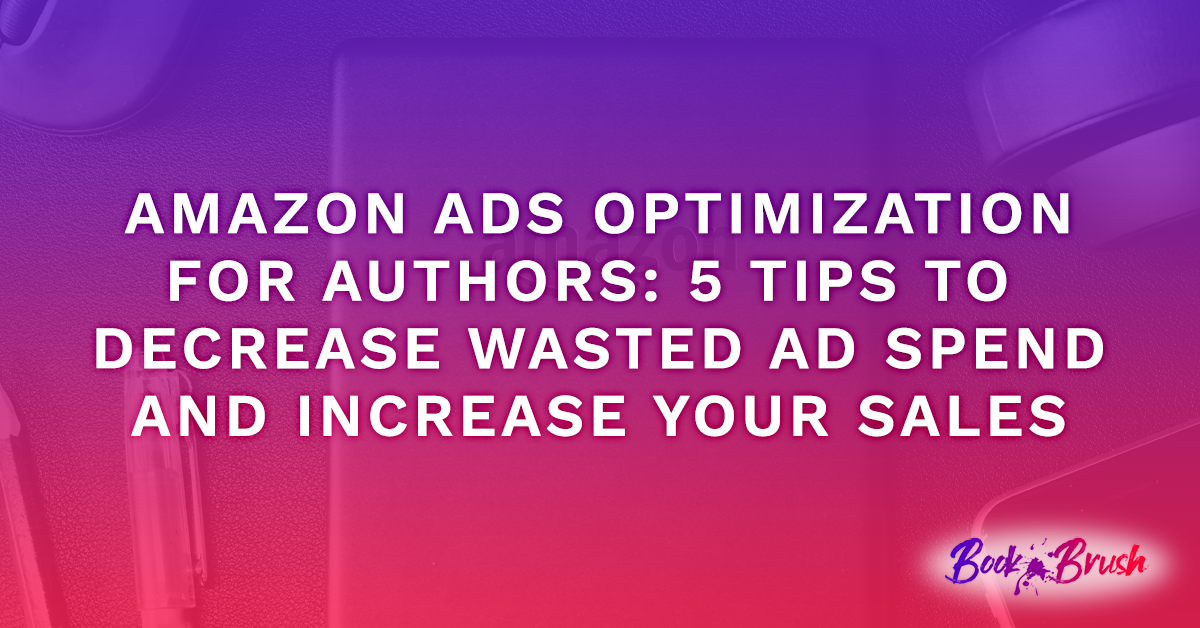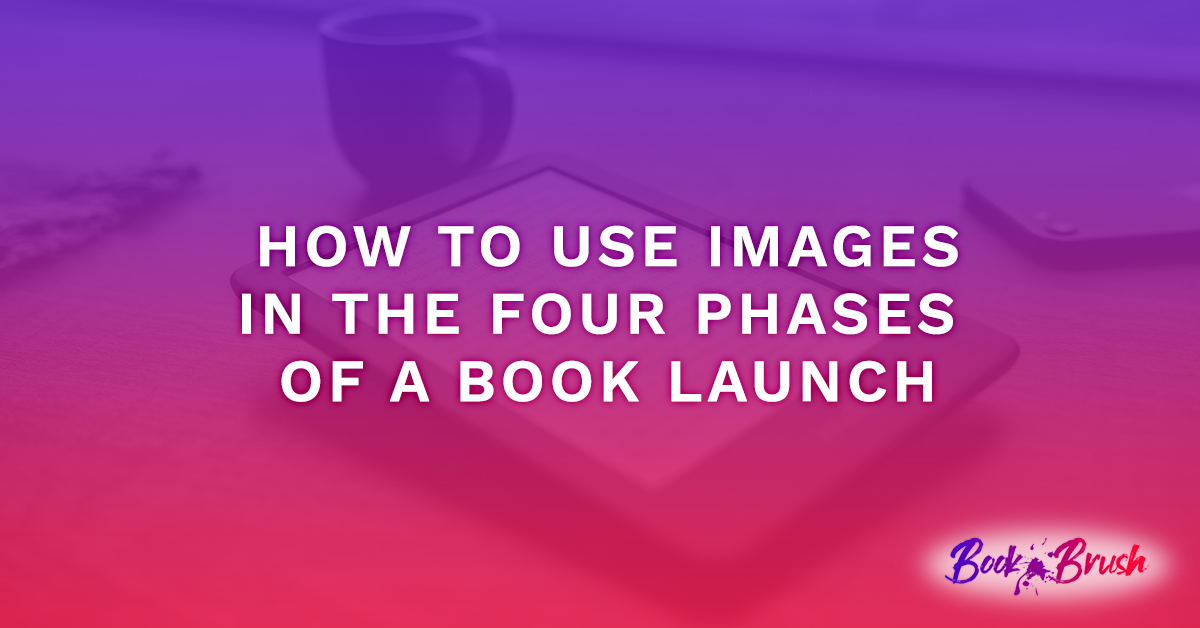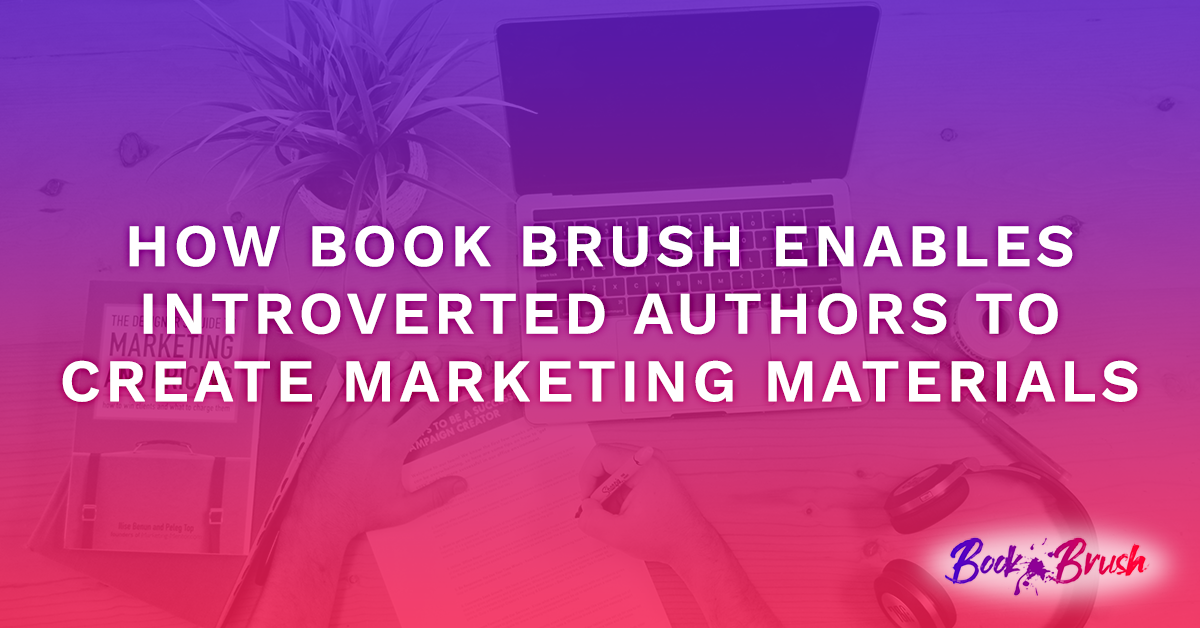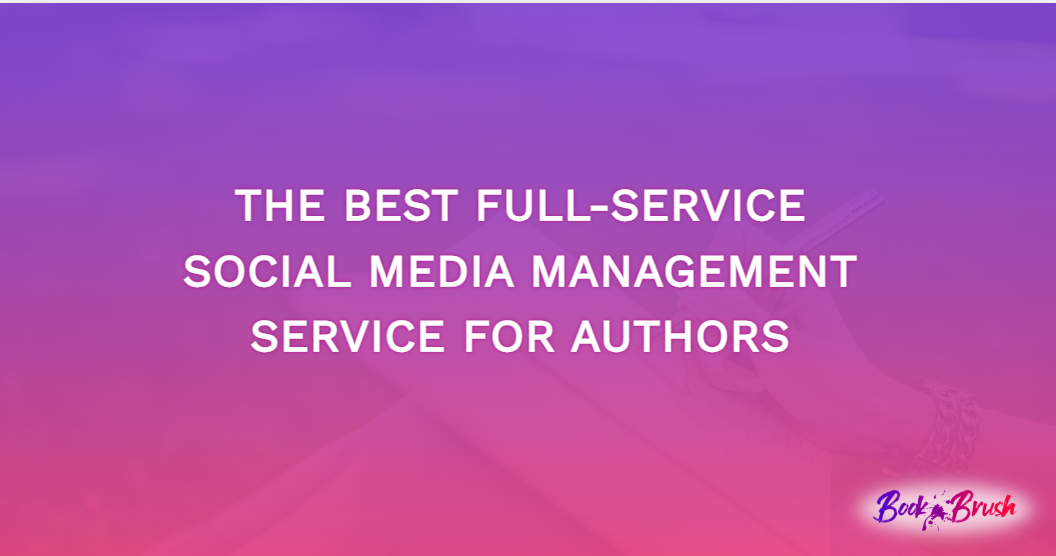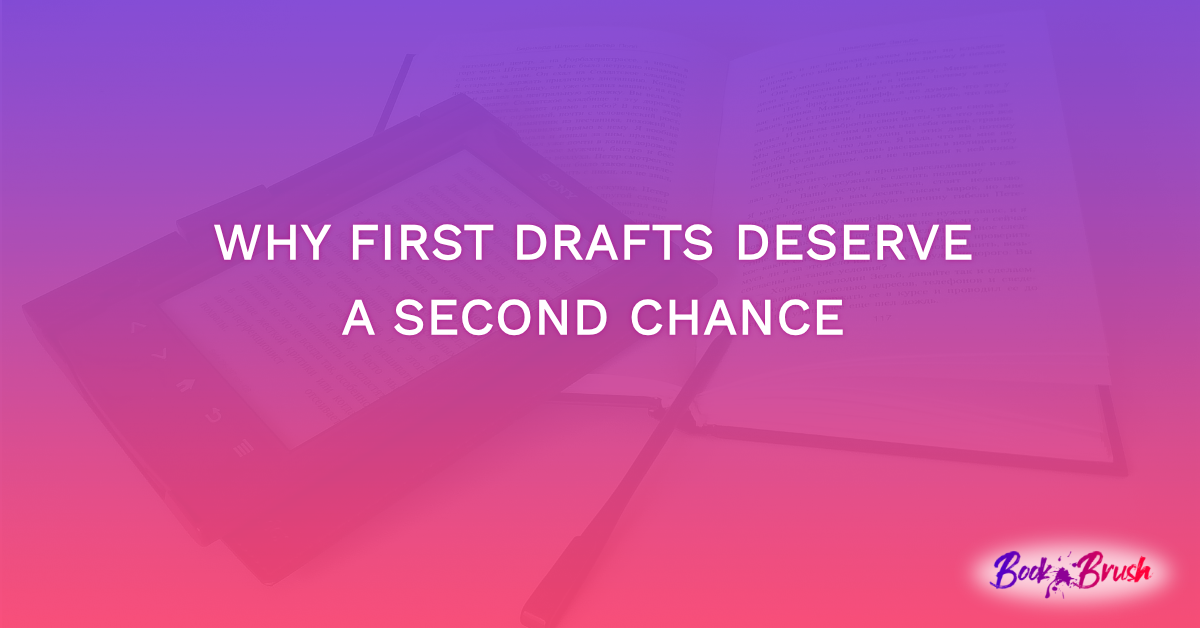When it comes to choosing the right point of view for your book, it’s one of the most important decisions you’ll make regarding your novel. The point of view you decide on will determine how the reader perceives a character, build a connection between the character and reader, and essentially shape the story. While this isn’t an easy decision, it doesn’t need to be overcomplicated or intimidating. With a few tips, you’ll be able to pick the right point of view that fits your specific story and enhances the readers’ experience. Below, we discuss how to choose the right point of view for your book.
What Are The Different Point Of Views?
The point of view (POV) of a story refers to the person or character that’s telling the story. Choosing the right point of view will dictate how the story is told. It will also give the reader insight into that specific character’s emotions and thoughts. There are different point of views you can use, which include:
- First person – An individual is the narrator, and they describe their personal experiences. They use the pronouns me, my, I, and we. This point of view allows the reader to connect to them more because it gives them a closer look into their lives, experiences, feelings, etc.
- Second person – In this point of view, the narrator talks to the reader directly to include them more in the story. They use the pronouns you and your.
- Third person Limited – The narrator from this point of view is outside of the story. They use the pronouns he, she, her, and his. The narrator is limited to only knowing one character’s perspective.
- Third Person Objective – The narrator typically just talks about the facts and actions of the characters and is completely detached or neutral. They also use the pronouns his, her, she, and he.
- Third person Omniscient – This narrator also uses the pronouns her, his, she, and he. Unlike the other third person point of views, this narrator will have access to all of the characters’ thoughts and emotions.
Using Multiple Point Of Views
It’s possible to use different point of views, and it can be done in third person limited and first person. If you’re writing a larger cast and they all have complex stories, using multiple point of views is a great idea. It will give your readers an inside view into each character’s lives, stories, and they can connect with their emotions better. It gives each character their own voice. However, it’s important to make it clear when you switch characters by labeling which character is now speaking. You should also give the character enough time to discuss their experience. Switching characters every paragraph can become confusing for the reader and it will theoretically give them whiplash. It’s recommended to give each character at least a page if not a chapter before switching to another character.
How Much Space Do You Want Between The Reader And Narrator?
Determining how much space you want between the narrator and the reader is an important step. It will help you determine which point of view you should use. If you’re looking for a more intimate relationship between the reader and the characters, first person will allow the reader to feel more connected and invested with the characters. If you want the narrator to speak directly to the reader, second person could be more up your alley. However, writing in second person is tough to keep up with because it feels more unnatural. It’s a challenging point of view to use throughout an entire fiction novel. For fiction, first or third person is the most common point of view used. If you want to put more space between the reader and the narrator, third person could be an option. This will give the reader a broader view of the story.
Other Questions To Consider Before Choosing A Point Of View
- Is there a point of view that feels more natural to write in?
- Are you going to write in the past or present tense?
- Do you want other characters to tell their point of view or just one specific character?
- Does the genre of your story influence your point of view choice?
- Is there a common point of view that’s used for the age group you’re writing for?
In Conclusion
The point of view is an important decision, but it doesn’t have to be a complex one. With these tips, you’ll be able to choose the right one for your characters and your story.
Once you’ve picked what point of view to use and you’ve written your incredible book, the next thing you need to complete your book is a stunning book cover. With Book Brush, you can make your own eye-catching cover in just a few steps. Book Brush is a tool that allows you to make different graphics, like book covers, social media ads, Amazon A+ stacked images, and more. Your book cover will entice people to want to pick up your book, and with your engaging point of view and story, they won’t be able to put it down.
